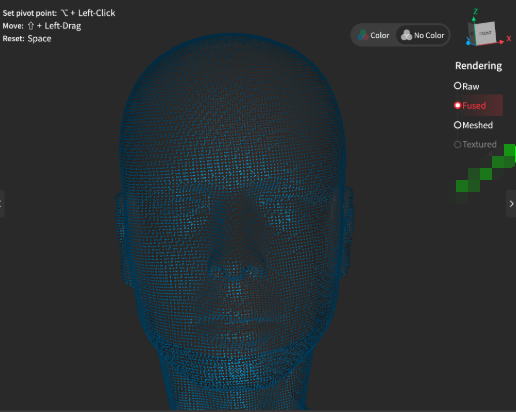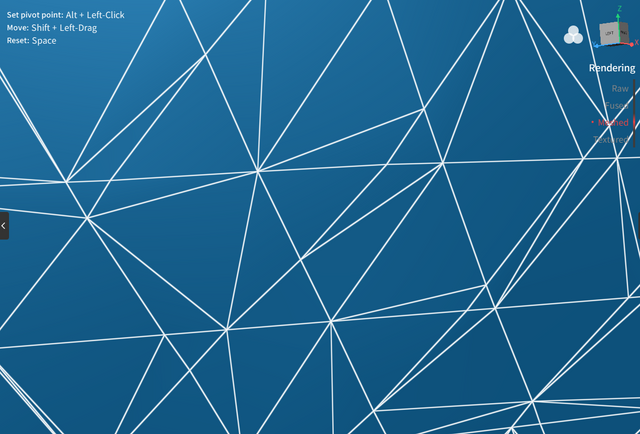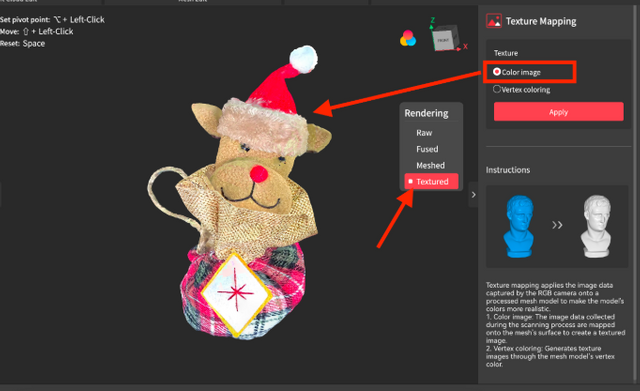What are Fusion, Mesh and Texture?
The world of 3D modeling often uses terms like fusion, mesh, and texture. These concepts are fundamental to creating realistic and functional 3D models, yet they can be confusing for beginners. In this blog, we’ll break down what each of these terms means, how they’re used, and why they’re important in 3D workflows.
- Fusion: Combining Data into a Unified Model
In the context of 3D scanning ( https://www.revopoint3d.com/ )and modeling, fusion refers to the process of combining multiple data sets or scans into a single, coherent 3D model. When scanning a physical object, it’s common to capture data from multiple angles to ensure full coverage. Each scan generates a “partial view” of the object, often as point clouds or raw geometry.

The fusion process stitches these partial views together, aligning and merging them into one unified structure. Advanced software uses algorithms to match overlapping points and fill gaps between scans. The result is a complete digital representation of the object, free of redundancies or misalignments. Fusion is crucial in fields like medical imaging, reverse engineering, and cultural heritage preservation, where accuracy is paramount.
2.Mesh: The Skeleton of a 3D Model
A mesh is the foundational structure of a 3D model. It’s a network of interconnected polygons (usually triangles or quadrilaterals) that defines the shape and surface of an object. Think of it as the “skeleton” of the model, providing the geometric framework that everything else builds upon.

Meshes are created by converting raw data like point clouds (a collection of 3D points) into a continuous surface. This process, called meshing or surface reconstruction, generates the triangles that form the object’s skin. A good mesh strikes a balance between detail and efficiency—too many polygons make the model unnecessarily heavy, while too few can result in a blocky, unrealistic appearance.
Meshes are used in everything from 3D printing to video game development, forming the base for textures, materials, and animations.
3.Texture: The Skin of the Model
If the mesh is the skeleton of a 3D model, then the texture is its skin. A texture is a 2D image or pattern that’s applied to the surface of a 3D model to give it visual detail, such as color, patterns, or material properties. Textures can include images of wood grain, metal surfaces, or even human skin, depending on the object being modeled.

Applying a texture involves a process called UV mapping, where the 3D surface is “unwrapped” into a flat 2D plane. This allows the texture to be correctly aligned with the model’s geometry. In more advanced workflows, multiple texture maps—such as normal maps, displacement maps, and specular maps—are used to simulate fine details like bumps, shadows, and light reflections.
Textures are critical in fields like gaming, animation, and product visualization, where they add realism and appeal to 3D objects.
Conclusion
Fusion, mesh, and texture are the building blocks of 3D modeling, each playing a distinct yet interconnected role. Fusion ensures a complete and accurate 3D representation by merging multiple scans. The mesh provides the structural framework, defining the object’s shape. Finally, the texture brings the model to life by adding surface details and visual richness.
Understanding these concepts is key to mastering 3D workflows, whether you’re creating realistic characters for a movie, prototyping a product, or preserving a priceless artifact. As 3D technology continues to evolve, these foundational elements remain essential to bridging the gap between the physical and digital worlds.